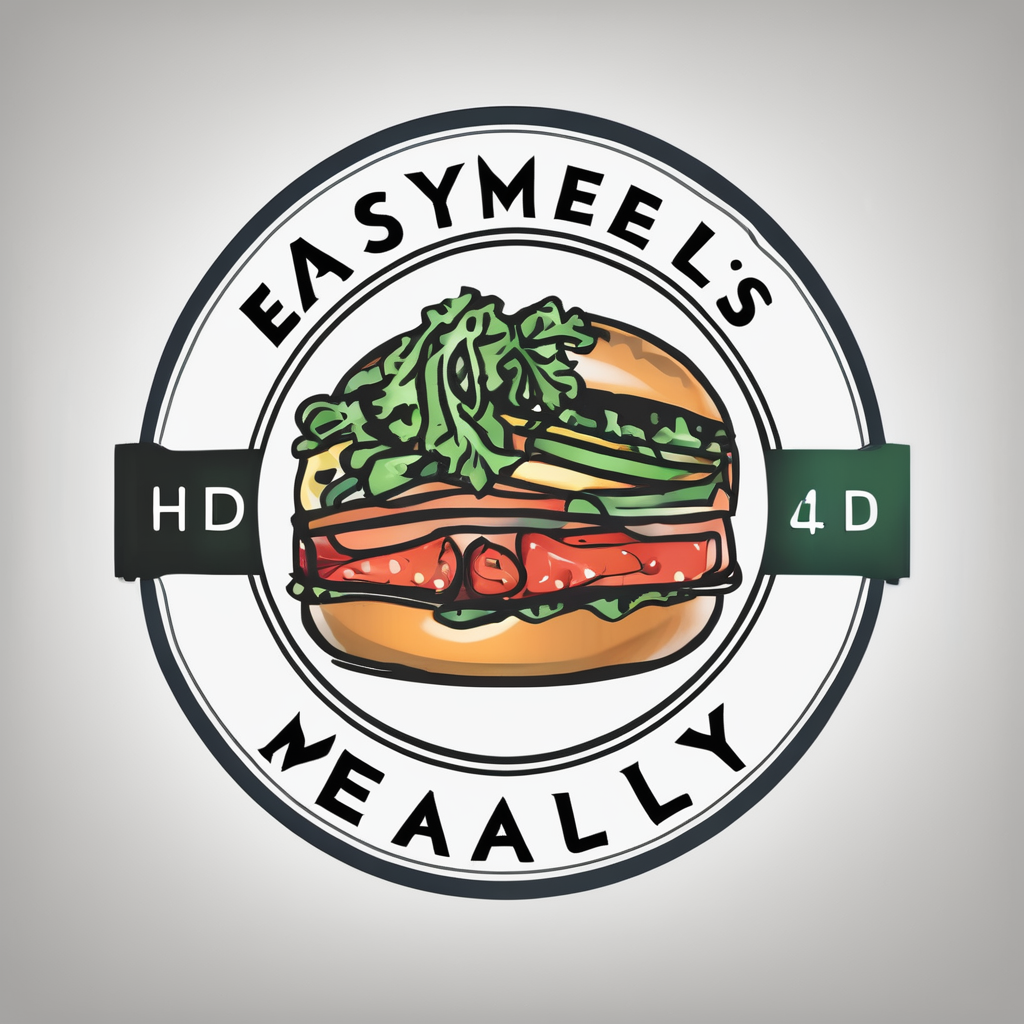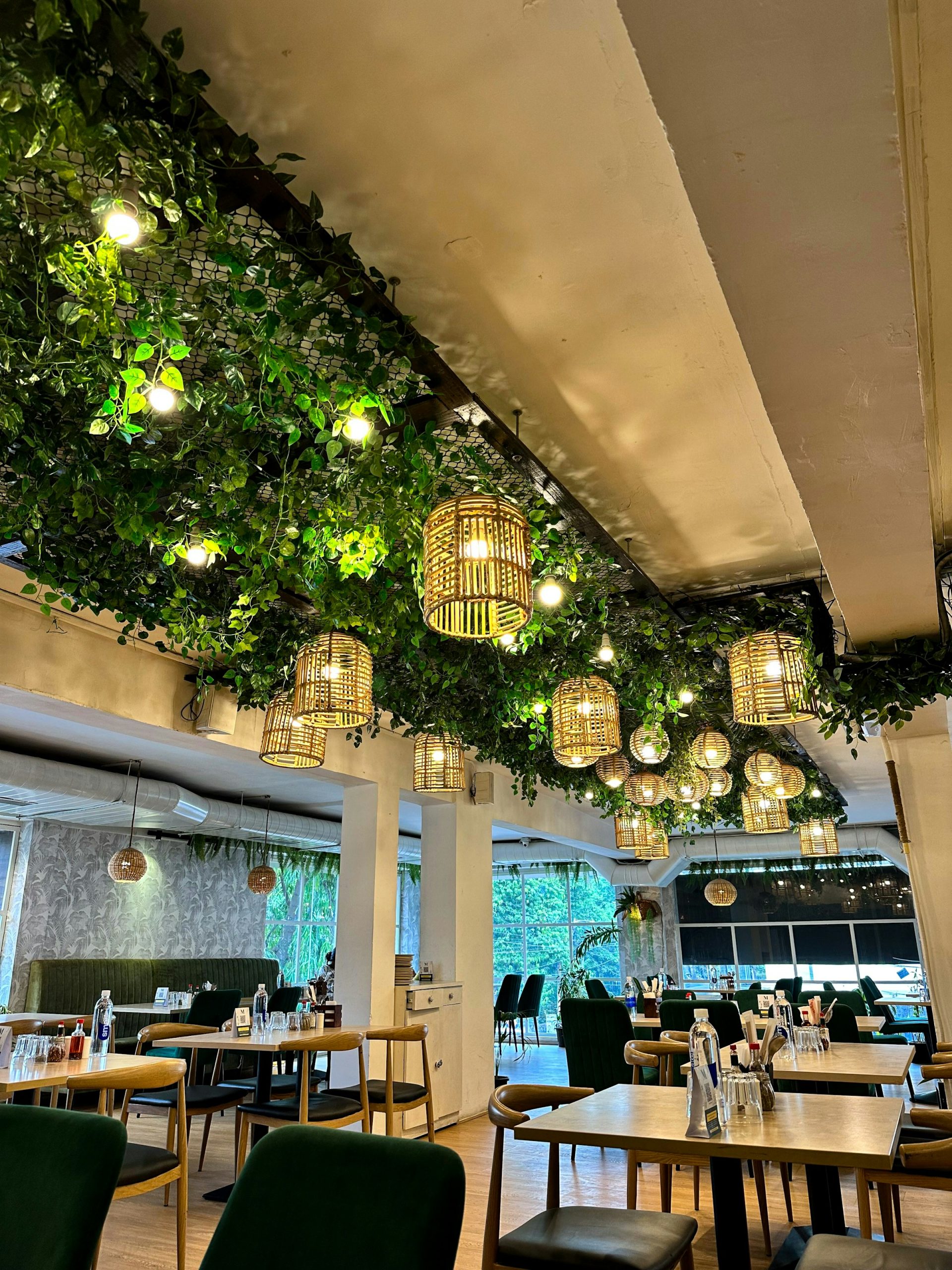In the world of hospitality and food service, a restaurant’s menu serves as more than just a list of available dishes. It represents a crucial aspect of the overall business model and plays a significant role in defining the customer experience. It is the primary communication tool between the restaurant and its customers, and it significantly influences their ordering decisions. This article will delve into the concept of menu engineering, its importance in a theme restaurant, and how it can enhance profitability.
The Essence of Menu Engineering
Menu engineering is a data-driven approach to enhancing the profitability of a restaurant’s menu. It’s all about analyzing the profitability and popularity of menu items, optimizing the placement of dishes on the menu, and designing the menu to encourage customer spending.
Topic to read : How should a restaurant train its staff to handle food safely when introducing a new seafood menu?
Menu engineering takes into consideration factors like the cost of preparing a dish, the price it can be sold at, and the frequency with which it is ordered by customers. By focusing on these elements, you can make informed decisions about what to include on your menu, how to price your items, and where to place them on the menu for maximum visibility and appeal.
Analyzing Profitability and Popularity of Menu Items
The first step in menu engineering is to scrutinize the profitability and popularity of each item on your menu. Profitability refers to the margin, which is the difference between the cost of preparing the dish and the price it is sold at, while popularity refers to the frequency with which the item is ordered by customers.
In parallel : What are the key steps in successfully transitioning a traditional bar to a more modern cocktail lounge?
To determine the profitability of a menu item, you’ll need to calculate the cost of the ingredients and the labor required to prepare it. Then, compare this cost to the selling price of the item. Items with a high cost but a low selling price might not be profitable, even if they are popular.
On the other hand, popularity is assessed by tracking the sales of each menu item over a specific period. Items that are frequently ordered are considered popular. It’s important to note that a popular item isn’t always profitable. Understanding this balance between profitability and popularity is key to successful menu engineering.
Optimizing Menu Design and Item Placement
The design and layout of your menu can significantly influence your customers’ ordering decisions. A well-designed menu is not only visually appealing but also guides customers towards profitable and popular items.
One common technique is to place high-profit items at the ‘sweet spots’ on the menu. These are areas where customers’ eyes naturally gravitate towards, such as the top right corner of a page. Another strategy is to use design elements like boxes, borders, or icons to highlight these items and draw attention to them.
In addition to item placement, the descriptions for each item can also sway customer decisions. Descriptive and appetizing language can make dishes more appealing, and customers may be willing to pay a higher price for them.
Pricing Strategies for Increased Profitability
Pricing is a critical component of menu engineering. The price of a menu item should not only cover its cost but also contribute to the overall profitability of the restaurant.
One strategy is to use ‘price anchoring’. This involves placing a high-priced item near the top of the menu, which makes the rest of the items appear more affordable in comparison. Customers may be more likely to order a mid-priced item when it’s placed next to a more expensive one.
Another method is ‘bundle pricing’, where you offer a group of items together at a lower price than if they were ordered separately. This can increase sales volume and use up ingredients more efficiently, thereby reducing waste and costs.
Adapting to Customer Preferences and Trends
Finally, successful menu engineering requires flexibility and adaptation. Customer preferences and food trends can change over time, and your menu needs to evolve accordingly.
Regularly review your sales data, customer feedback, and market trends. If a previously popular item is seeing a decline in sales, it might be time to replace or revamp it. Similarly, if a new food trend aligns with your restaurant’s theme and is likely to be profitable, consider adding it to your menu.
In conclusion, menu engineering is a strategic approach to menu management that leverages data, design, and pricing strategies to increase a restaurant’s profitability. By understanding the profitability and popularity of your menu items, optimizing your menu design, implementing smart pricing strategies, and staying adaptable to changing trends, you can maximize your restaurant’s potential for success.
Implementing Menu Psychology for Profitability
The realm of menu engineering extends well beyond the traditional boundaries of dish selection, pricing, and design. It also dabbles in the fascinating field of psychology, understanding and manipulating the cognitive processes that influence a customer’s ordering behavior, hence impacting the restaurant’s bottom line.
When customers peruse a restaurant menu, they’re often subconsciously influenced by a myriad of factors such as the menu’s visual appeal, the order of the dishes, the descriptions, and even the typeface used. This is where the science of menu psychology comes in. It empowers restaurant owners to tap into these subconscious influences and steer customers toward more profitable choices.
Anchoring, a psychological tactic mentioned earlier, is a prime example of menu psychology. This strategy banks on the cognitive bias that causes people to rely heavily on the first piece of information they see, the ‘anchor’, when making decisions. By placing high-priced items at the top of the menu, restaurants set an expectation for price, making all following prices seem more reasonable.
The decoy effect is another powerful psychological tool. A restaurant can list three items on its menu – a low-priced item, a mid-priced item, and a high-priced item. The high-priced item, despite its cost, serves as a decoy. It makes the mid-priced item seem more valuable, thus increasing the likelihood of its purchase.
Lastly, the paradox of choice can be a restaurant’s ally. Offering too many options can overwhelm customers, leading to decision fatigue. By keeping the menu streamlined and focused, restaurants can guide customers towards profitable items while maintaining customer satisfaction.
Leveraging Menu Analysis for Optimal Results
Beyond the art and science of designing the restaurant menu, the process of menu analysis is pivotal in the journey towards maximizing profitability. This process involves gathering and interpreting data related to menu items to make informed decisions that can positively impact the restaurant’s bottom line.
Menu analysis often involves categorizing the menu items based on their profitability and popularity. This leads to four categories – stars (high popularity, high profit), plowhorses (high popularity, low profit), puzzles (low popularity, high profit), and dogs (low popularity, low profit). This categorization provides valuable insights into which items to promote, modify, or remove.
The importance of conducting regular and thorough menu analysis cannot be overstated. It provides a quantitative perspective on the menu’s performance, serving as a guide in tweaking the menu to align with changing customer preferences, market trends, and food costs.
Moreover, menu analysis can be a springboard for creative and strategic decisions. For example, a ‘puzzle’ item that has a high profit margin but low sales might need a marketing boost. This could range from improving its visibility on the menu, enhancing its description, or pairing it with a ‘star’ item in a value-for-money combo.
Conclusion
In the era of data-driven decisions, menu engineering emerges as an indispensable tool for theme restaurants striving for profitability. It is a multi-faceted approach that involves careful consideration of menu items’ profitability, strategic menu design, implementation of effective pricing strategies, application of menu psychology, and regular menu analysis.
The core aim of menu engineering is to create a win-win scenario – a delightful dining experience for the customers and a healthy bottom line for the restaurant. With the right blend of data analytics, design elements, psychology, and pricing tactics, theme restaurants can engineer a menu that not only tantalizes taste buds but also significantly boosts their profitability.






